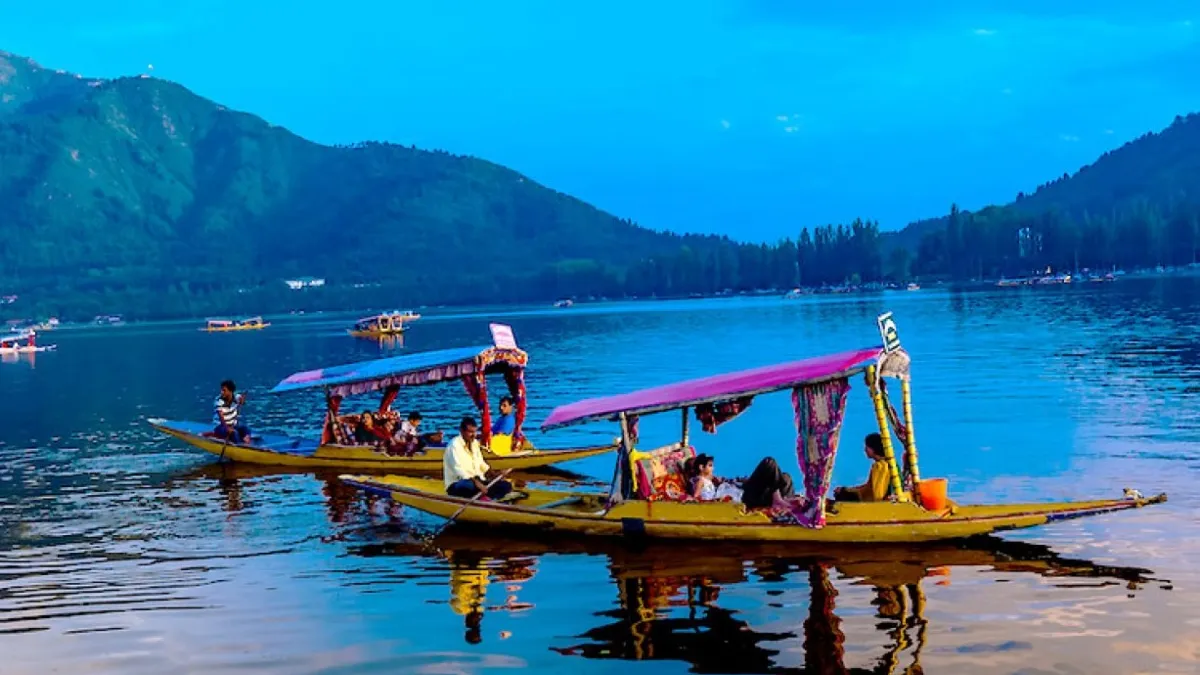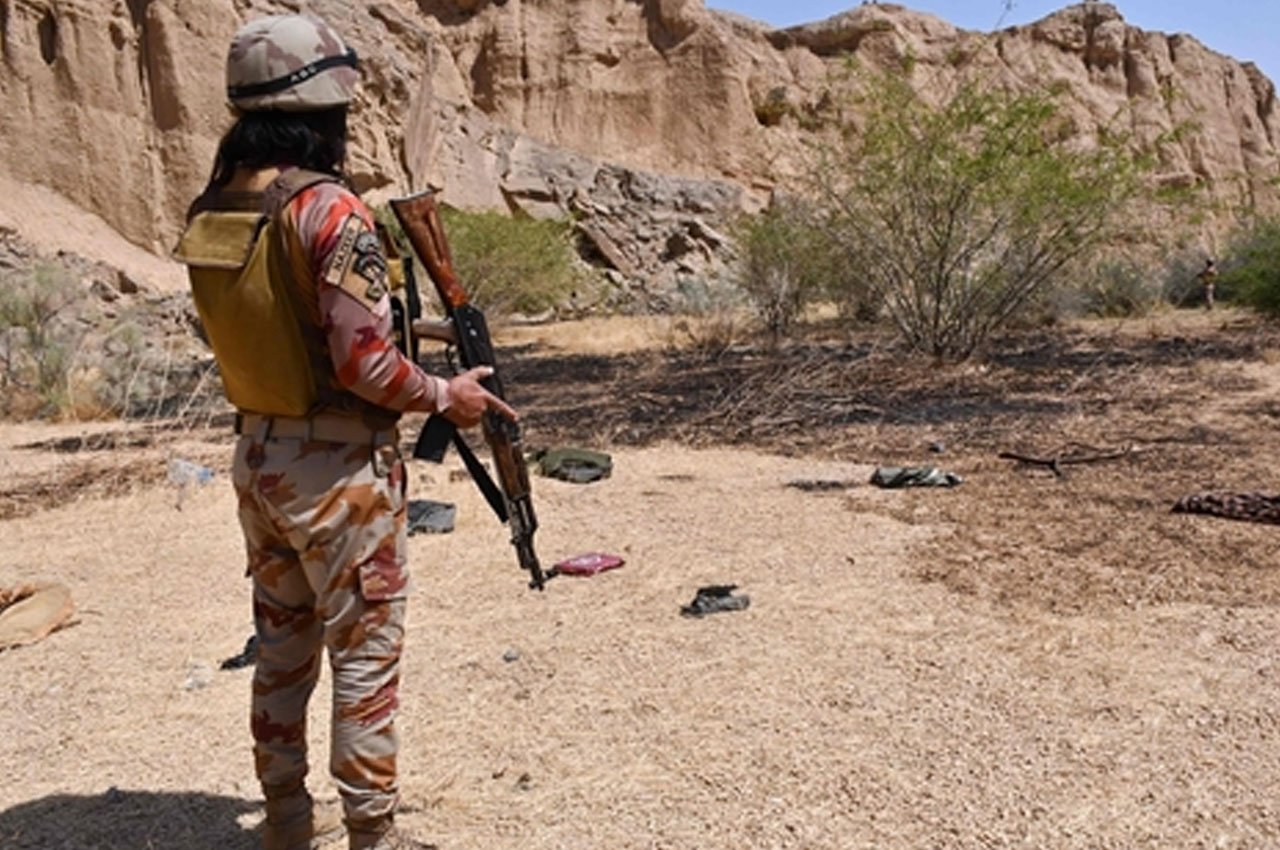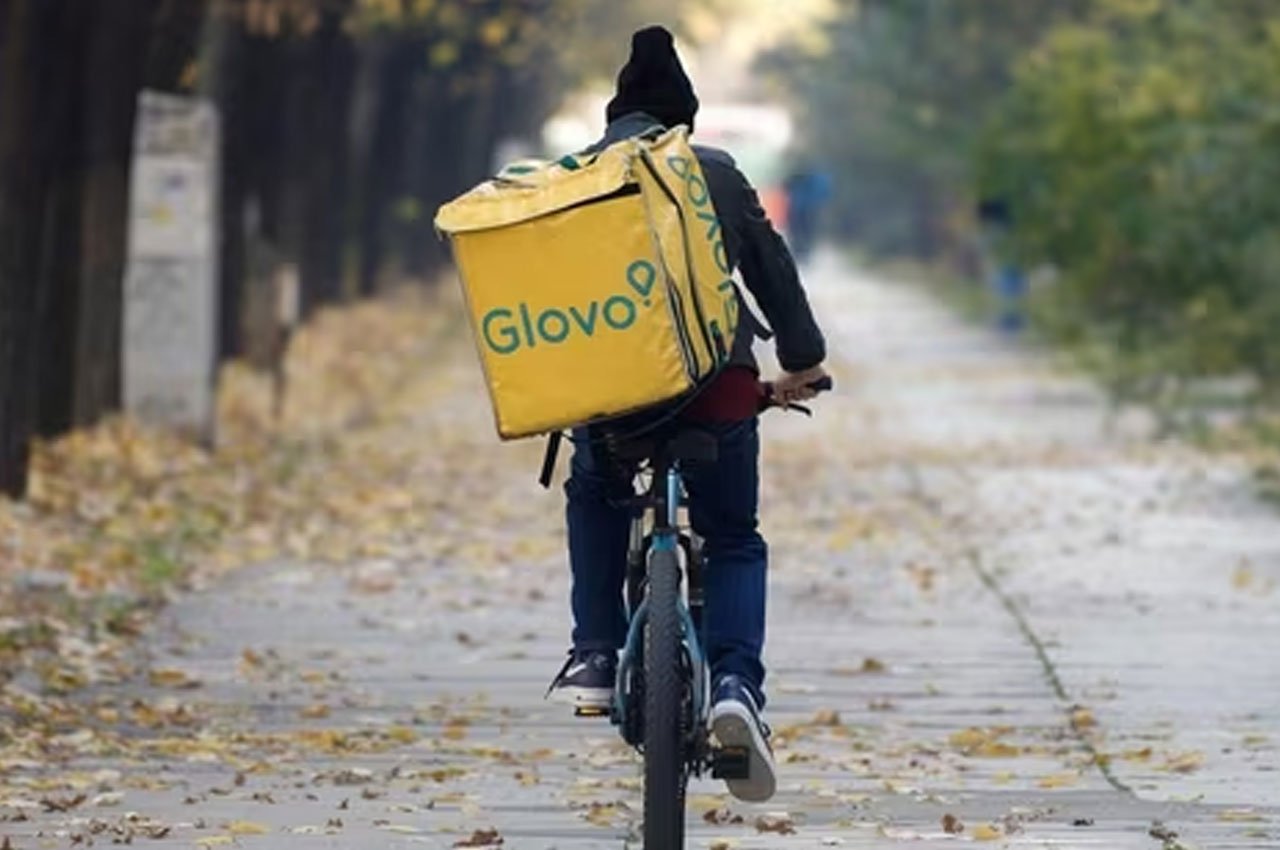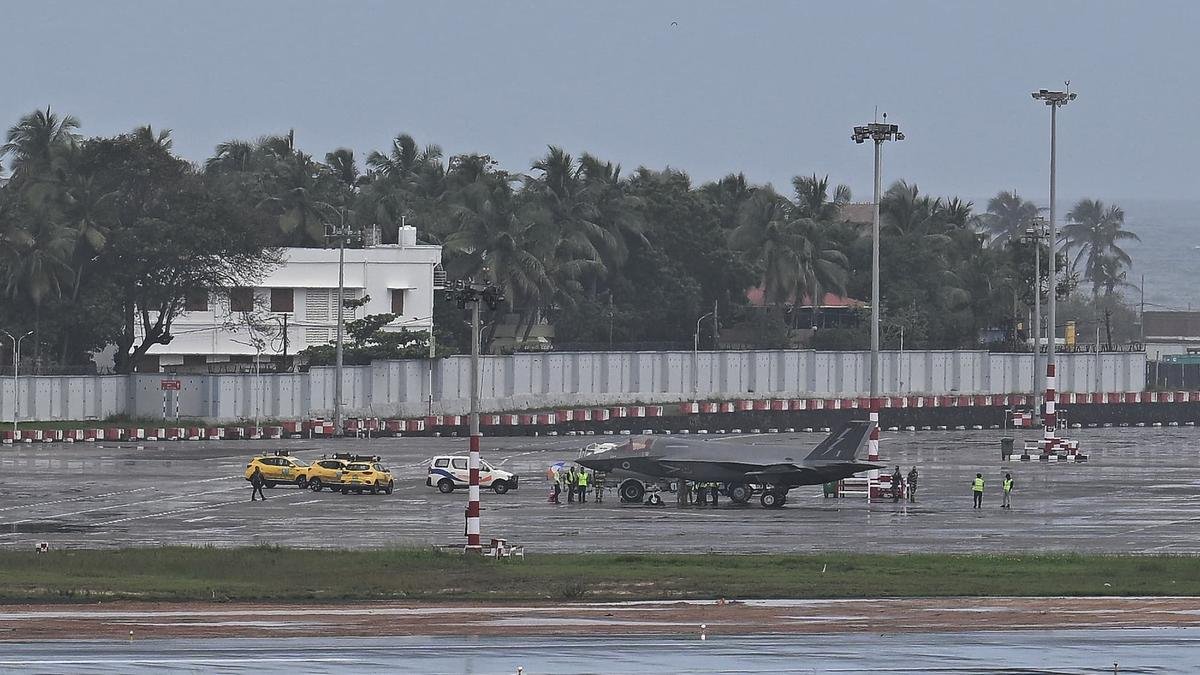Photo Courtesy: Google
The serene beauty of Kashmir has long drawn travellers seeking a blend of tranquillity, nature, and culture. But after the tragic Pahalgam attack in April this year, a cloud of uncertainty loomed over the region’s vital tourism economy. Now, slowly but surely, the tide is turning. Kashmir’s tourism revival is gaining ground, thanks to a renewed sense of security, affordable travel, and improved connectivity that’s helping the region re-emerge as one of India’s top destinations.
The Pahalgam incident, which shocked the nation, had initially led to widespread cancellations and a wave of panic among tourists. Travel agents reported that nearly 60–70% of bookings in South Kashmir were called off in the weeks that followed. For a state heavily dependent on tourism—accounting for nearly 7% of its GDP—the impact was sharp and immediate. However, the response from both the local community and authorities has been equally swift and determined.
What’s working in Kashmir’s favour today is a coordinated effort to make the region more accessible and affordable. Travel and tour operators, hoteliers, and airlines have joined hands to promote affordable travel options. Several hotels in Pahalgam and Gulmarg are offering discounts up to 30%, while new budget-friendly packages have been launched to encourage first-time visitors. These include bundled deals with transportation, meals, and guided tours—making Kashmir not just beautiful, but also economical.
Another major factor contributing to the upswing is improved connectivity. With the completion of the Udhampur–Srinagar–Baramulla rail line and the expansion of national highways, accessing the Valley has become significantly easier. Tourists can now travel more comfortably from Jammu and Delhi, thanks to better roads and smoother train routes. The introduction of faster train services and enhanced flight operations into Srinagar has further added to the convenience.
As Kashmir tourism begins to rebound after the Pahalgam attack, the emotional aspect of travel safety cannot be overlooked. Authorities have doubled down on security infrastructure in popular tourist hubs like Pahalgam, Sonamarg, and Gulmarg. More CCTV cameras, patrolling units, and local watch groups have been deployed. This renewed focus on safety is beginning to restore confidence among domestic travellers.
Kashmiris themselves have played a major role in this recovery. Whether it’s the warmth of a houseboat owner on Dal Lake or the professionalism of local trekking guides, there’s a collective effort to reassure tourists that the Valley remains a peaceful and welcoming destination. Locals understand that tourism is not just an economic lifeline—it’s a cultural bridge between Kashmir and the rest of the country.
Events like local food festivals, summer treks in Aru Valley, and Sufi music nights in Srinagar have also helped reignite interest in the region. Influencers and travel bloggers are returning to the Valley, showcasing its unchanged charm and safe environment through reels and vlogs that are resonating with young Indian travellers.
Environmental sustainability is another area seeing attention. With the tourist footfall expected to rise again, the government and local communities are working on cleanliness drives and awareness campaigns to ensure that the natural beauty of Kashmir is preserved, not exploited. Waste management in Pahalgam and Sonamarg has improved, with greater use of eco-friendly products and less plastic waste along trekking trails.
Despite the temporary disruption caused by the Pahalgam attack, Kashmir’s tourism ecosystem is proving its resilience. The mix of strategic infrastructure improvements, affordable travel solutions, and improved connectivity has turned what could have been a long-term setback into a short-term pause.
If the current trend continues, 2025 might see Kashmir not only reclaim its position as India’s crown jewel but surpass pre-pandemic tourism figures. From the flowering meadows of Yusmarg to the snow-capped heights of Gulmarg, the Valley is open, safe, and waiting.




